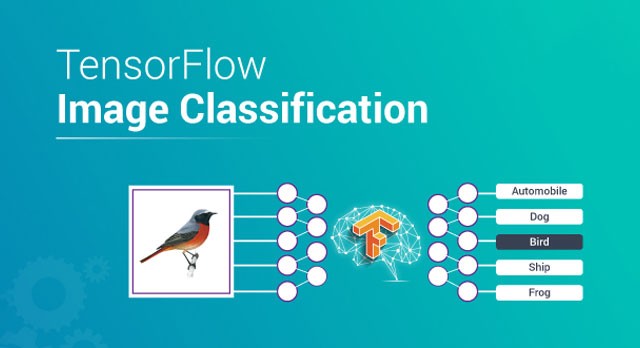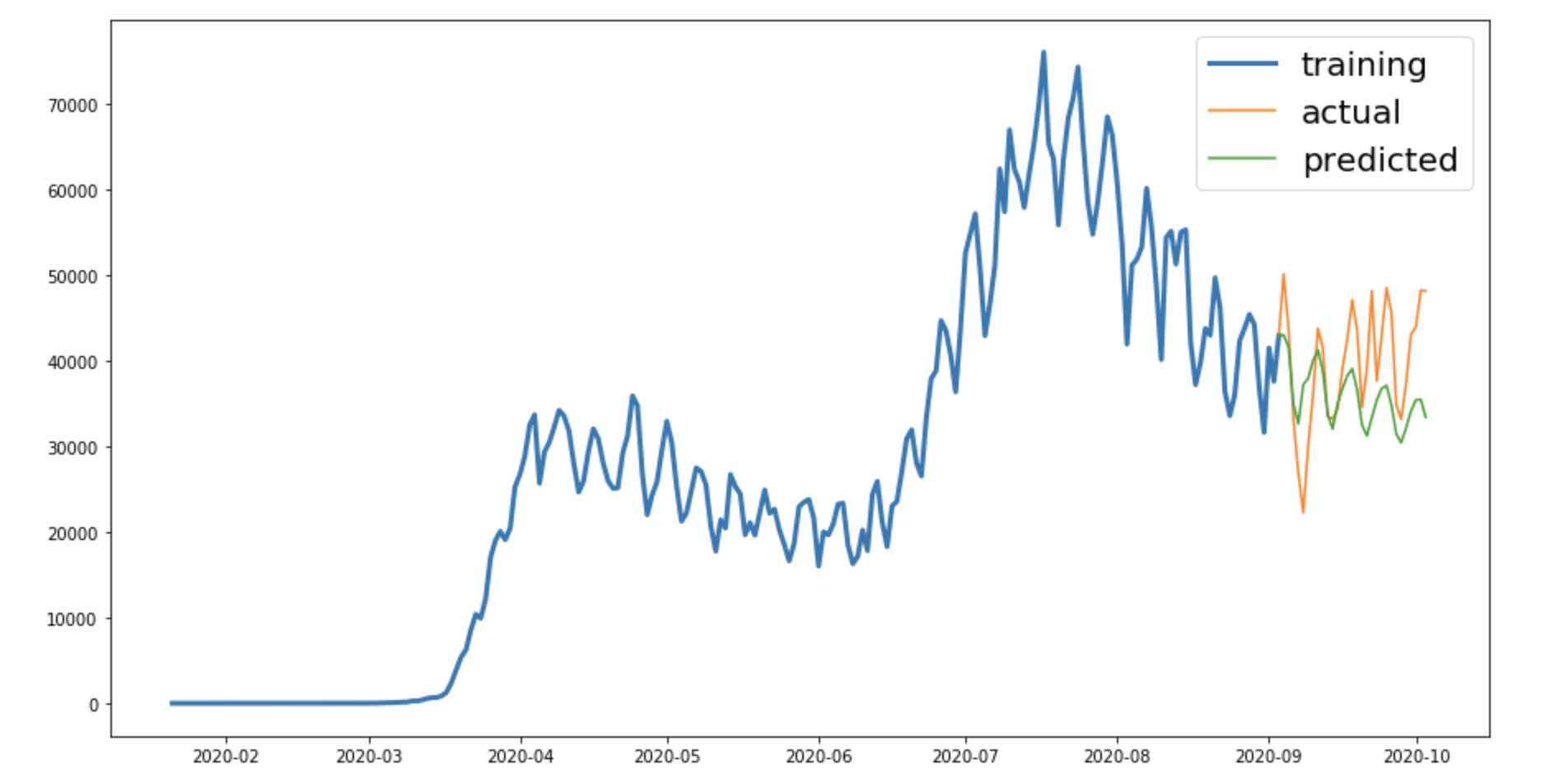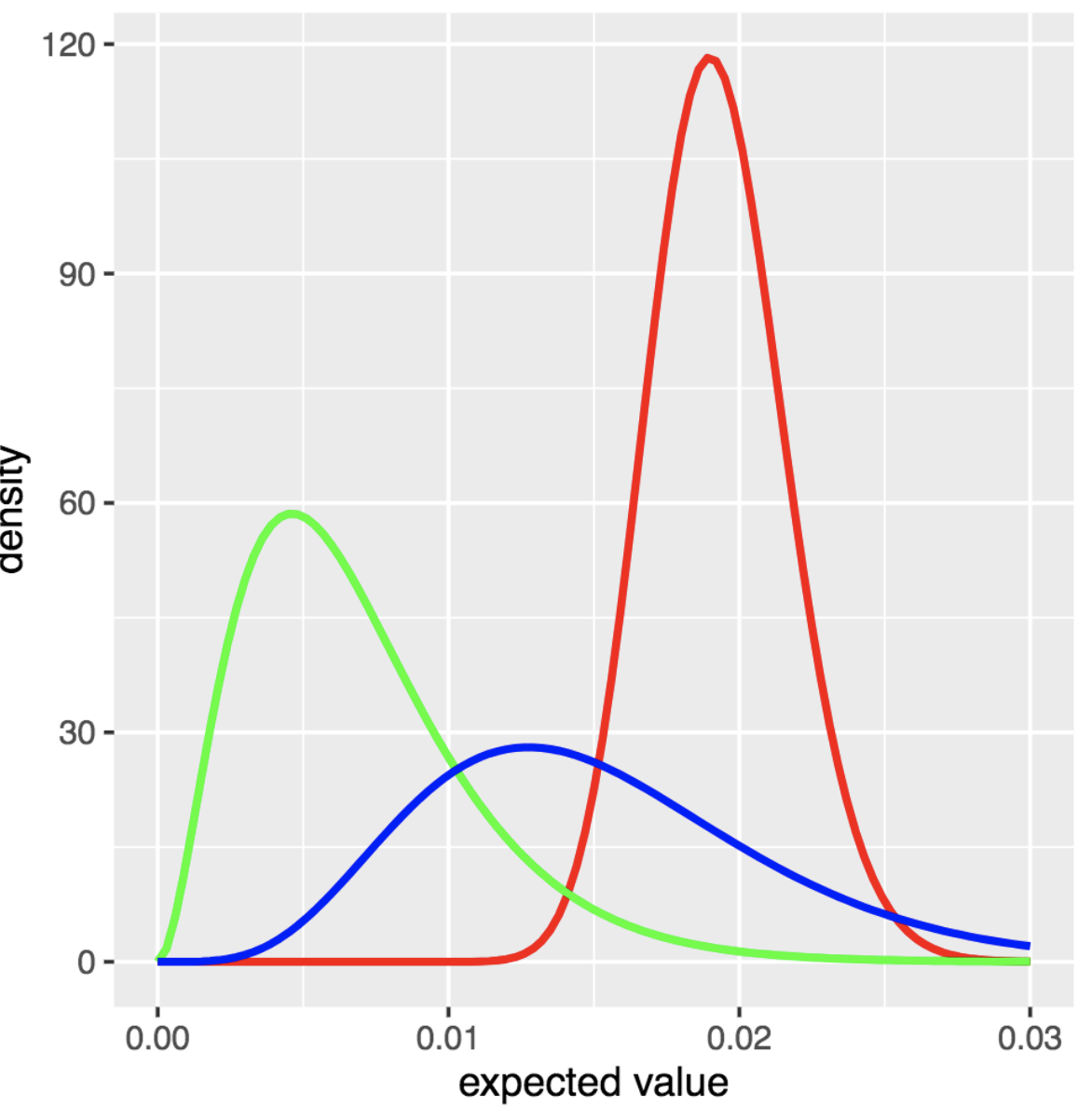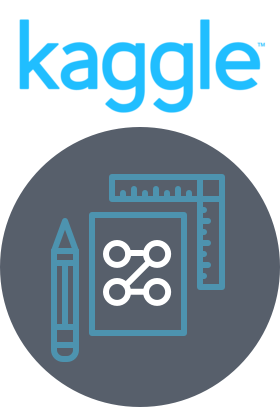Instagram Clustering
My dad is a nature photographer and has over 1700 of his photos on his instagram account. I scrapped the photos from his account. I wanted to try out some image recommendations (i.e. show me similar photos to the selected photo) and try to see if I could properly cluster them, as a first look suggests there are certain categories of photo, e.g. landscape, elk/moose, birds, etc.







